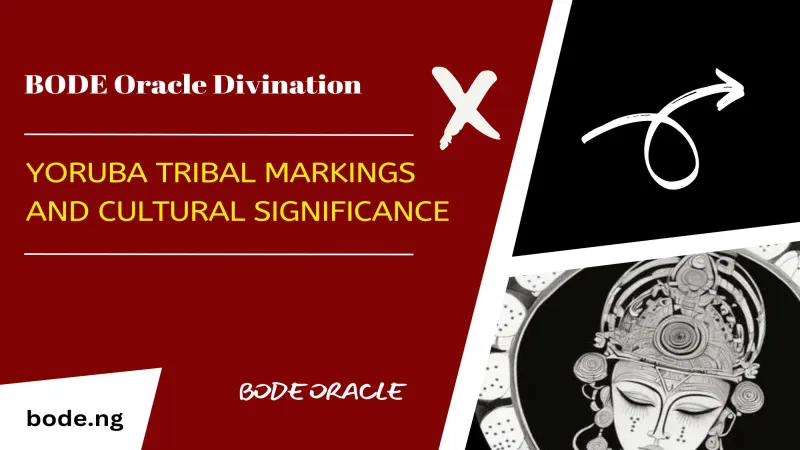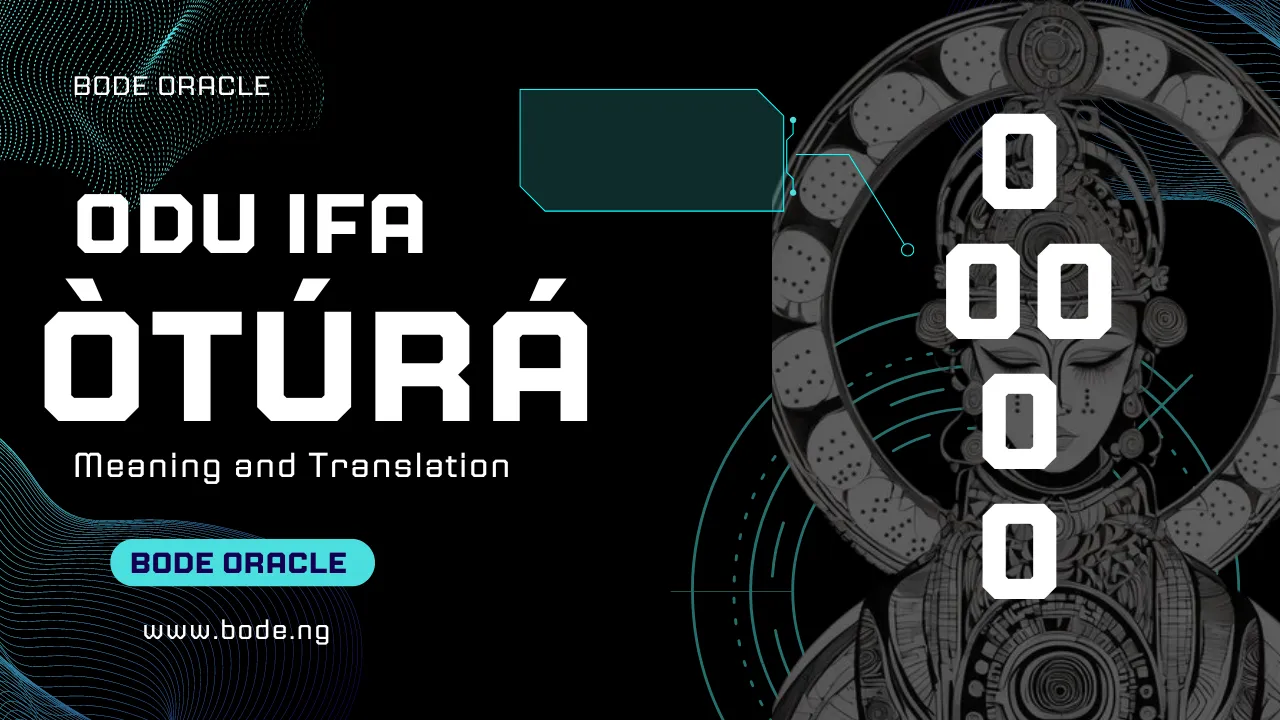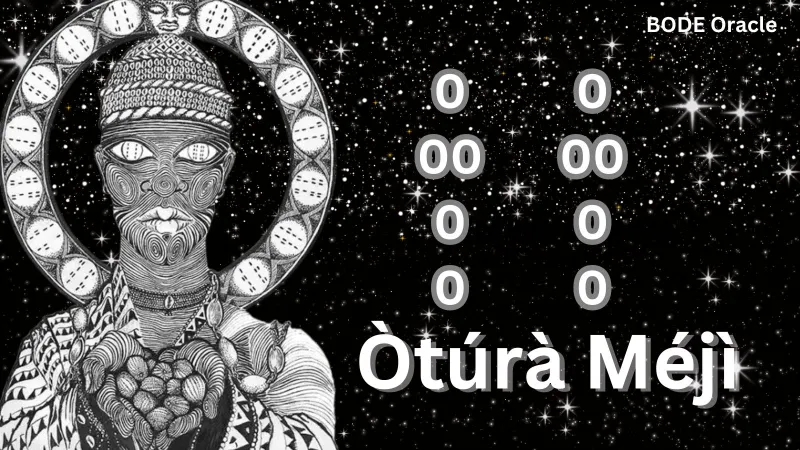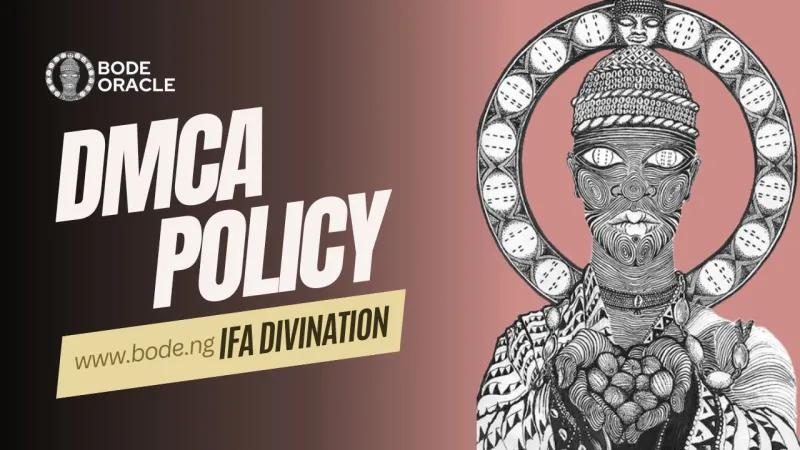Yoruba tribal marks are traditional facial scars of the Yoruba people in southwestern Nigeria, once worn with pride. In the past, these marks held significant cultural, social, and aesthetic importance, serving as a strong connection to cultural heritage and identity.
Each unique pattern of tribal marks represented different clans, families, or social groups. They were also thought to enhance a person’s beauty and attractiveness.
These marks were deeply rooted in Yoruba culture and carried profound meaning within the society. Typically given at a young age, tribal marks symbolized an individual's Yoruba lineage and heritage.
They also functioned as a means of identification, particularly in the close-knit rural communities of the past, helping to distinguish one person from another within the community.
Read More
Brief History of Hermeneutics in Relation to Odu Ifa
Cultural Significance Of Yoruba Tribal Markings
Yoruba tribal marks are scarifications created as unique identification and beautification patterns on the faces or bodies of the Yoruba people.
These marks are an integral part of Yoruba culture and are typically made by cutting or burning the skin during childhood. The primary purpose of tribal marks is to identify a person's tribe, family, or patrilineal heritage.
They also serve secondary purposes, such as symbols of beauty, expressions of Yoruba creativity, and protection for "Abiku" children (ila Abiku). This practice was once widespread among Yoruba people in Nigeria, Benin, and Togo.
In traditional Yoruba societies, every child belongs to a patrilineal clan known as idile baba in Yoruba. Clans share clan names (orile), praise poetry (oriki), taboos (eewo), and facial marks (ila).
These marks grant the child full membership rights within the clan, and children with such marks are referred to as Okola. Families or individuals lacking the expected tribal features were not fully integrated into Yoruba society.
They were often seen as lacking the social capacity for behaviors like proper greeting, speaking, or issuing commands. Each Yoruba tribe had unique inscription patterns, varying in size, shape, and placement.
The specific location of these marks, such as the face, breast, arm, lap, or buttocks, depended on the tribe's traditions, although facial marks were the most common.
During the trans-Atlantic slave trade, tribal marks gained significance for identification. Some repatriated slaves were able to reconnect with their communities through these facial markings.
Many also believed these marks offered spiritual or protective benefits, shielding individuals from certain illnesses and misfortunes.
People Also Read
Opon Ifa The Ifa Divination Tray
Ifa Divination And How It Can Solve Your Problems
Yoruba Mythology Deities And Orisa
In the past, Yoruba tribal marks symbolized social status and identity within the community. Distinct patterns of facial markings represented different clans, families, or social groups, and they sometimes indicated a person’s age, marital status, or achievements.
Tribal marks were also regarded as a form of beauty enhancement. Unlike modern views, the Yoruba people considered these marks to enhance a person's appearance, with those bearing prominent tribal marks often seen as more attractive.
Modernization and Westernization have diminished the appreciation for tribal marks. Many now view the practice as a form of bodily harm inflicted on children without their consent, leading to widespread criticism.
Today, the practice of inscribing tribal marks has become rare among the Yoruba and is mostly associated with older generations who already bear them.
Younger generations no longer adopt these marks, as contemporary beauty standards in Yoruba society have shifted.
Some tribal marks hold ties to traditional thrones, with specific marks required for individuals assuming certain kingship positions. For instance, in Iseyin, Oyo State, any new king is still expected to bear the Pele tribal mark.



